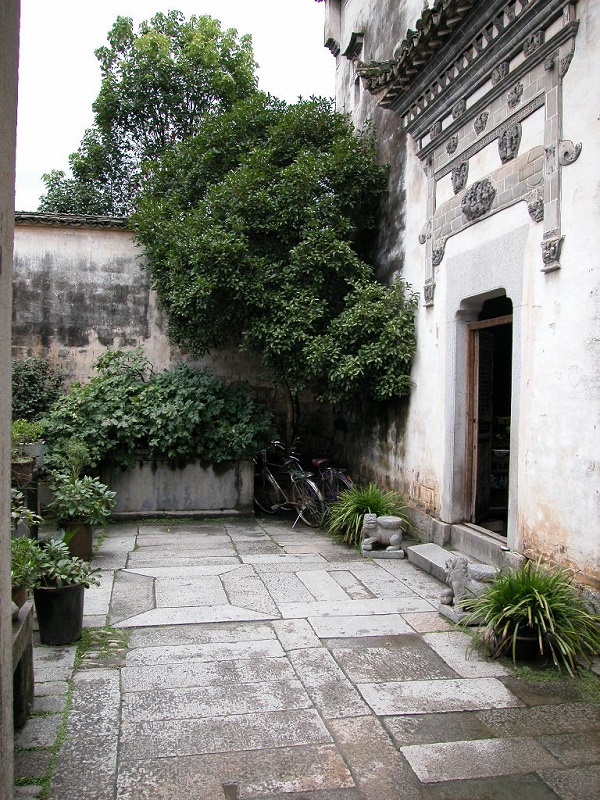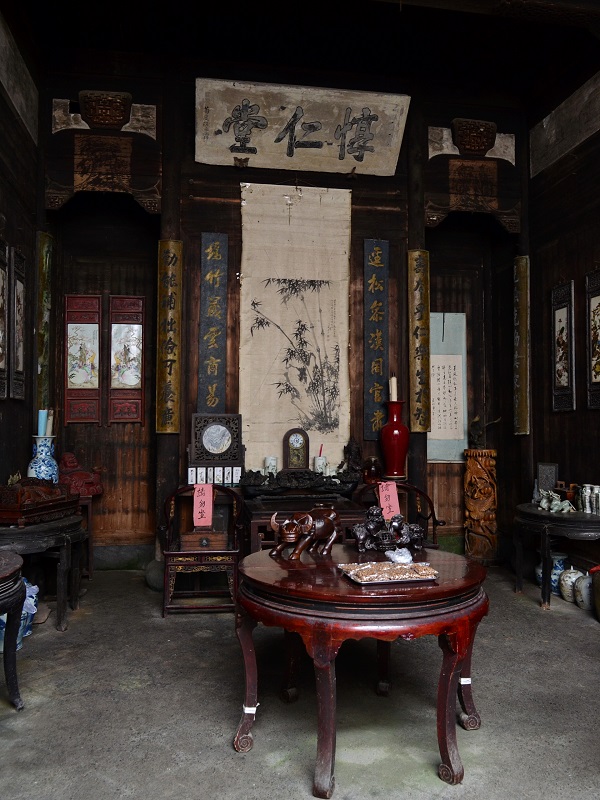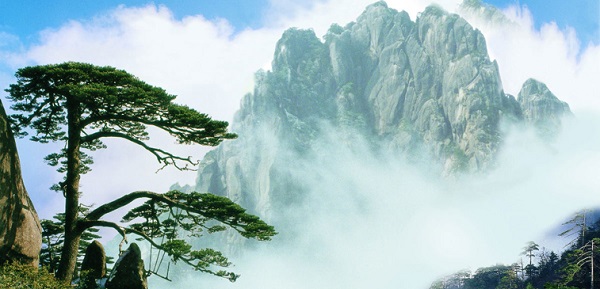Written by: Mahnoor Fatima
Posted on: April 29, 2021 |  | 中文
| 中文
Hu Wenguang
China is a country that has quickly become one of the most advanced in the world. However, the region of China is home to a civilization that goes back centuries. Within this vast expanse of land, are towns and villages which continue to preserve and celebrate China’s ancient culture. And perhaps, no place better preserves the traditions of the old China than the ancient villages of Hongcun and Xidi.
Both Hongcun and Xidi are located on the outskirts of Huangshan City in the Southern Anhui Province, at the foothills of the Yellow Mountains. Both these towns, which have been UNESCO World Heritage Sites since 2000, allow visitors a glimpse into a characteristically traditional Chinese village. Hongcun is located at a foothill, next to a stream, while Xidi is surrounded by breathtaking mountains, and built along three streams that converge at Huiyuan Bridge in the south.
The region of Anhui has a very distinct culture, owing to its long history of the prevalence feudal gentry class, combined with an old and profound belief in Confucian principles. Human habitation in the mountain areas of Anhui goes back to 600 BC, and many saw the Anhui mountains as a Shangri-La where gentry could escape wars and live close to nature. Anhui’s ancient villages began to develop and prosper between the 14th and 19th centuries by locals who were commercially successful as merchants and made good bureaucrats, but were deeply committed to familial ties.
With the rise of notable families in the Anuhi region of China, came the early villages like Xidi and Hongchun where the people could focus on their family values, and improve their quality of life. The geographic makeup of these villages frequently incorporated natural elements into the town planning, which has preserved the villages and kept them safe from water damage.
Firstly, Hongcun was built in 1311 by Wang Wen, a Han Dynasty general who prospered as a merchant. It flourished during the Ming (A.D. 1368 - 1644) and Qing (A.D. 1644 - 1911) dynasties when it became a trade center. The village is notably made in the shape of an ox according to traditional Fengshui practices, with two 400-year-old waterways connected to its 300 houses. The ancient Academy of the South Lake casts a shadow on the main Moon Lake, creating a scene of tranquility for visitors to enjoy.
Visitors are often taken aback by the charming landscapes and the morning mists, stone walls, lily ponds. Hongcun village has become a notable stopover to those venturing to the Yellow Mountain (Mt. Huangshan), home to uniquely shaped pines, rocky peaks, a sea of clouds and a hot spring. Recently though, the town has turned into a fully-fledged tourist location after the release of Crouching Tiger, Hidden Dragon (2000), the Ang Lee blockbuster film which was shot in the same location.
Xidi Village is comparatively older, having been established in the Song Dynasty (1049-1053). Much of this village’s development is closely linked to the Hu family, who were descendants of Emperor Li Ye of the Tang Dynasty (618 – 907 CE). Even today, the old Hu Wenguang’s Memorial archway welcomes visitors to the village with its Yixian stone and traditional Chinese façade. During the height of the town’s splendor in the 18th-19th century, over 600 houses became prosperous due to the efforts of the Hu family.
Xidi’s history can be seen in the village’s geographic makeup as well as in the traditional practices which continue in it. The main road runs in an east-west direction, flanked by gardens, courtyards and halls of black and white stones which commemorate the village’s ancient families. Inside the halls, tourists can experience traditional calligraphy, handicraft making and Chinese tea ceremonies.
Compared to other villages of Anhui, the villages of Xidi and Hongcun have kept their traditional layout and appearances. Both areas are strictly controlled and protected by the local government. Long-term plans feature the conservation of the cultural heritage property, along with the preservation of the traditional way of life of its people, while also improving infrastructure and communications.
Tourists often visit both cities on the same trip, and many agencies take visitors on an extensive tour around the Huangshan Mountain trails. They usually vary depending on time schedules, personal interests and travel budgets. Ideal months to visit these beautiful villages are the spring months of March and April, and the period between late October and early November.
Both Hongcun and Xidi are still great examples of Ming and Qing dynasty living, including the layout, the environment, the style and decorations. The simple yet well-preserved architecture, along with the towns’ harmony with the natural resources around it, is a sight to behold. These villages bear scientific, cultural and aesthetic values that are useful for both research purposes, and as a way to experience the ancient world of China.



You may also like: